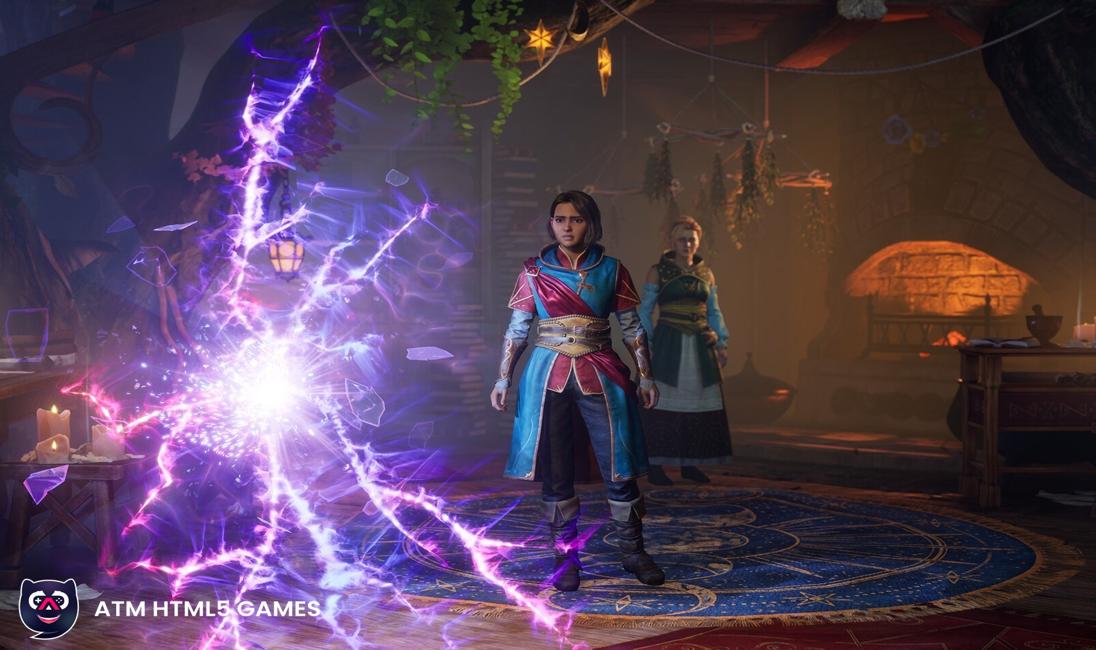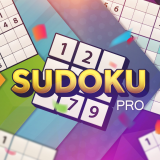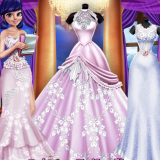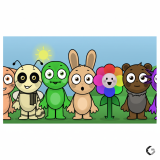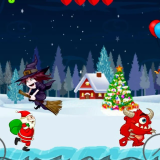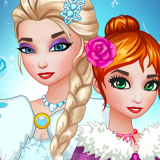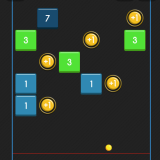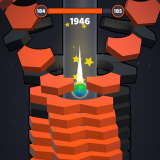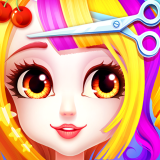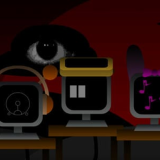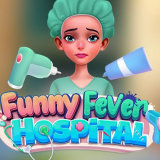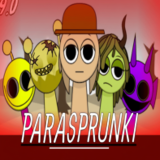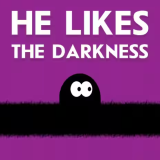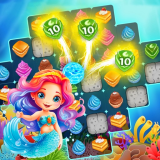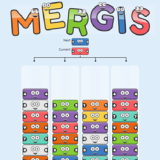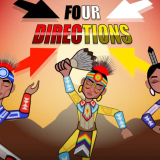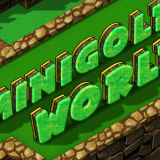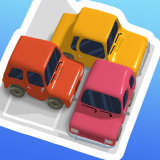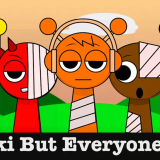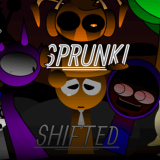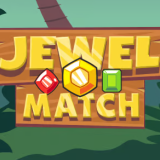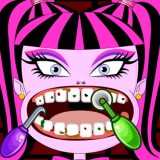Split Fiction is a co-op game. It is fun and silly. In many cases however it may break up friendships which many players report. Also this RPG adventure is a challenge which puts your team to the test.
What Is Split Fiction?
Work together. But challenges are unpredictable. A single mistake may be the breaking point.
Gameplay Basics
The game is an action adventure. We have puzzle solving. We do battle with enemies. But timing is the issue. Should one player fail the team does too. It is fun but at the same time very stressful.
Why It’s Addictive
The game is easy going but at the same time very difficult. As you progress through levels they get trickier. At first people are laughing but then it’s out right shouts. Friends are getting into arguments. When you win it is amazing. But when you lose it is tough.
How Split Fiction Tests Friendships
Good team play that is what you need. Poor team play and you fail. The game tells who keeps their cool. Some friends quit at the first sign of trouble. Others come up with smart solutions.
Communication Matters
Speaking is key. Players should plan out their moves. Quiet fails -- noise in the background only cause error. At no time does angry outburst help. What does the team need? Calm and collected communication.
Patience Wins
The top teams exhibit great patience. They retry hard levels. They don’t put blame on each other. Split Fiction values persistence.
Game Modes in Split Fiction
The game features many play types. Each to develop a different skill. Some are fast paced. Others are for slow thinking.
Action Mode
Fight side by side. Quick reflexes are a plus. But it is teamwork that comes out on top. Solo heroes do not go far.
Puzzle Mode
Solve the puzzles together. Think it through. A misstep re sets the whole thing. Logic is the key.
Racing Mode
Speed is of the essence here. Also important is coordination. Quick but awkward players will run into problems. Slow and steady players will come out on top.
Why People Love Split Fiction
It is with friends. Jokes flow out. Challenges are what we live for and we leave them behind as we win. Each victory cements our bond.
Casual Yet Deep
The game may look easy. But strategy is what it’s about. Smart play beats out the simple large scale approaches. Each of your choices matters.
Great for Parties
Play with your friends. The atmosphere is light. Or it can become very intense. Either way great memories are made.
Why Some Hate It
Some people don’t handle stress well. Conflicts break out. Some friends distance themselves. Others give up on our game nights.
Too Much Pressure
Lose that which is close to us. Blame is passed around. Teams fall apart quickly.
Hard to Master
New players have issues. Veteran players get frustrated. The learning curve is steep.
Tips to Keep Friendships Strong
Don't let the game affect your relationships. Follow these tips.
Stay Calm
Breathe first which goes to the yells. We all make mistakes. Put it in humor. And try again.
Take Breaks
If tensions rise, step back. Return once cool down. Haste is to blame for many of the failures.
Praise Teamwork
Celebrate the little victories. Support each other. Positivity overcomes anger.
Conclusion
Split Fiction is a fun co-op RPG which puts out laughter and fights. What turns out best is when Teamwork comes out on top in the game. Also which does well is that Patience keeps friends close. Play it with care.
FAQs
1. Is Split Fiction a free game?
No I don’t think it’s free. Many however report it’s worth what you pay.
2. Can I play Split Fiction alone?
No, that is for multiplayers only. You will need at least one friend.
3. What platforms support Split Fiction?
It is available on PC and consoles. Go to stores for details.
4. How long is the game?
Around 10 hours for the story. Also may take more time if you retry levels.
5. Is Split Fiction good for casual gamers?
Yes, for the most part what you will see is that it is a simple concept at first look but as you go deeper the issues you face become more complex.
#SplitFiction #CoOpGames #GamingCommunity #TeamworkGames #MultiplayerFun
- First important point about the content
- Second point with detailed explanation
- Another noteworthy detail
- Final concluding thought
